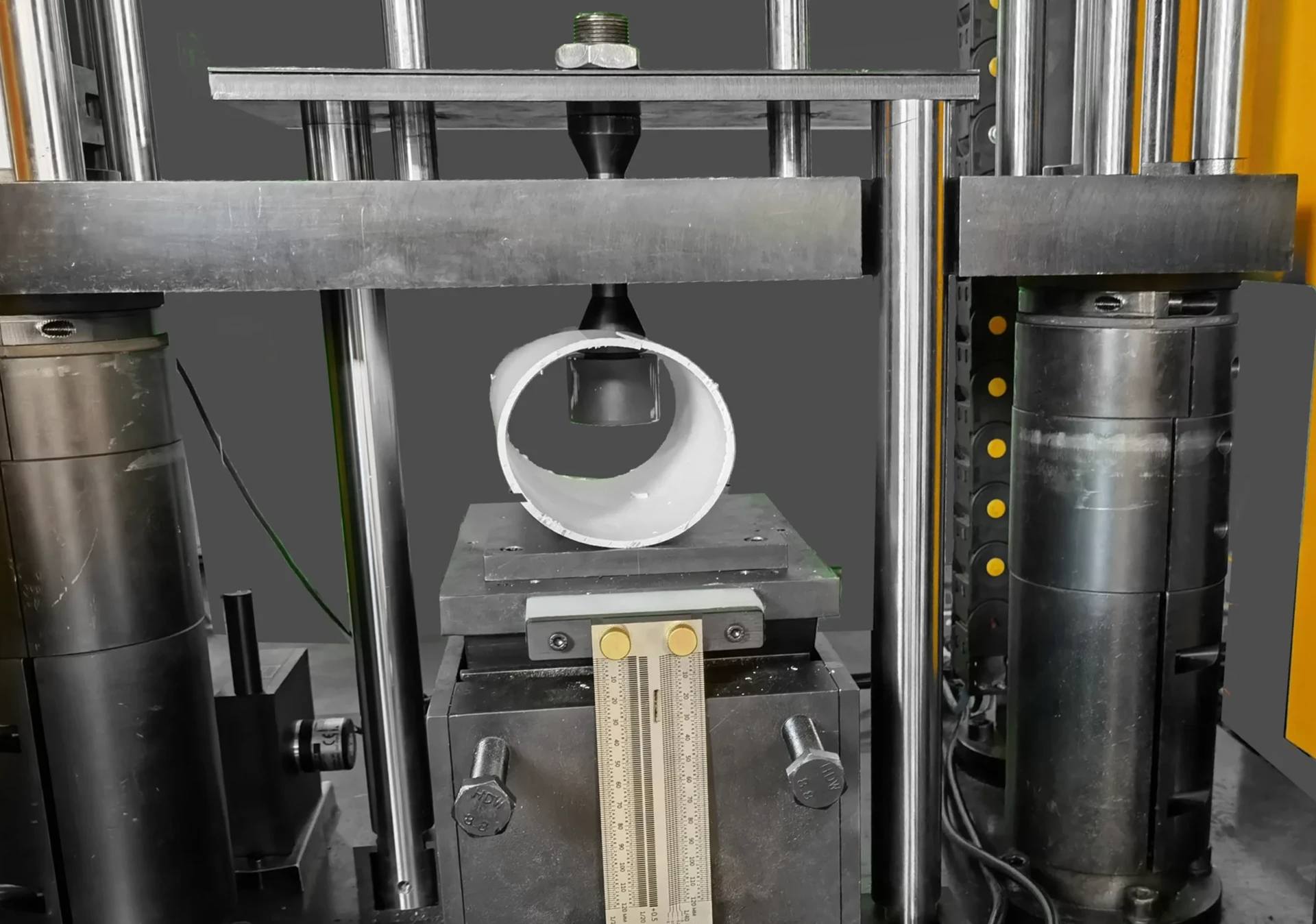ISO 2248-10 Drop Test with Environmental Conditioning
The ISO 2248 series of standards is designed to ensure that packaging materials and systems can withstand the rigors of transportation and handling. The Drop Test with Environmental Conditioning, specifically outlined in ISO 2248-10, evaluates a package's resistance to impact forces under controlled environmental conditions. This test simulates real-world scenarios where packages may encounter sudden drops or impacts during transit.
The standard is particularly relevant for industries such as pharmaceuticals, electronics, and consumer goods, which rely heavily on packaging that can protect their products throughout the supply chain. The drop test assesses the integrity of a package's structure to ensure it can maintain its contents' safety and quality under specified conditions.
The ISO 2248-10 drop test involves placing a package containing the product or sample onto a flat surface from a predetermined height. The test is conducted after the specimen has been exposed to environmental conditions such as temperature, humidity, and sometimes vibration. These conditions can simulate the environment in which the packaging will be used.
The test setup typically includes a drop tower or platform equipped with sensors capable of recording impact data. The package undergoes multiple drops from different angles to ensure that it is tested under various potential real-world scenarios. After each drop, technicians inspect the package for damage and assess whether the product inside remains undamaged.
Understanding the parameters of ISO 2248-10 requires knowledge not only of the test itself but also of how environmental conditions influence the outcome. For instance, a package that performs well under standard room temperature may fail when exposed to extreme cold or heat. This is why the environmental conditioning part of the test is critical.
The specimen preparation for this test involves selecting appropriate materials and dimensions based on the product's size and weight. Proper packaging design ensures that it can withstand the forces applied during transport without compromising the product inside. The package must also be capable of withstanding temperature variations, which are often encountered in transit environments.
Environmental conditioning is a crucial aspect of this test as it simulates real-world conditions where packages may experience changes in temperature and humidity before or after being subjected to impact forces. This can include exposure to cold storage facilities, hot climates during transport, or even refrigerated trucks. Understanding the environmental factors that affect packaging performance helps ensure that the test results are relevant and accurate.
The acceptance criteria for ISO 2248-10 stipulate that a package must withstand specified impacts without compromising the product's safety or quality. The standard provides detailed guidelines on acceptable levels of damage, which can vary based on the type of packaging and its intended use. Compliance with these standards is essential for ensuring that products meet regulatory requirements and customer expectations.
By adhering to ISO 2248-10 drop test procedures with environmental conditioning, manufacturers and suppliers can ensure their packaging meets industry standards and provides reliable protection during transit. This testing method helps identify potential weaknesses in packaging design early on, allowing for improvements before products reach the market.
Benefits
The ISO 2248-10 drop test with environmental conditioning offers several benefits to businesses operating in various industries:
- Enhanced Product Safety: By testing packaging under real-world conditions, companies can ensure that their products remain safe and undamaged during transportation.
- Improved Quality Control: This testing method helps identify potential issues with packaging design early on, allowing for timely improvements before products reach the market.
- Informed Decision-Making: The results of this test provide valuable insights into how packaging will perform under different environmental conditions, enabling informed decision-making regarding product development and supply chain optimization.
- Regulatory Compliance: Adhering to international standards like ISO 2248-10 ensures compliance with regulatory requirements, thereby reducing the risk of non-conformance penalties.
- Better Customer Satisfaction: Reliable packaging that can withstand transportation challenges enhances customer satisfaction by ensuring product integrity upon delivery.
In summary, the ISO 2248-10 drop test with environmental conditioning is a vital tool for quality assurance departments and R&D engineers. It helps ensure that packaging meets both functional and regulatory requirements, ultimately leading to safer, more efficient supply chains.
Industry Applications
The ISO 2248-10 drop test with environmental conditioning is widely applicable across multiple industries where product integrity during transportation is critical. Some key sectors include:
- Pharmaceuticals: Ensuring that medicines and medical devices remain intact through various environmental conditions.
- Electronics: Protecting sensitive electronic components from damage caused by drops or impacts during transit.
- Consumer Goods: Safeguarding everyday items like clothing, household appliances, and toys against potential damage during shipment.
- Fresh Produce: Maintaining the freshness of perishable goods such as fruits and vegetables throughout their journey from farm to store.
- Fashion & Apparel: Preserving the quality and appearance of garments and accessories by ensuring proper packaging protection.
In each of these industries, the ISO 2248-10 drop test plays a crucial role in maintaining product integrity and customer satisfaction. By adhering to this standard, companies can ensure that their products are packaged appropriately for safe transport, ultimately enhancing brand reputation and consumer trust.
Frequently Asked Questions
- The test is widely accepted in industries where product integrity during transportation is critical, including pharmaceuticals, electronics, and consumer goods.
- Many global regulatory bodies recognize this standard as a key part of ensuring compliance with international shipping regulations.





